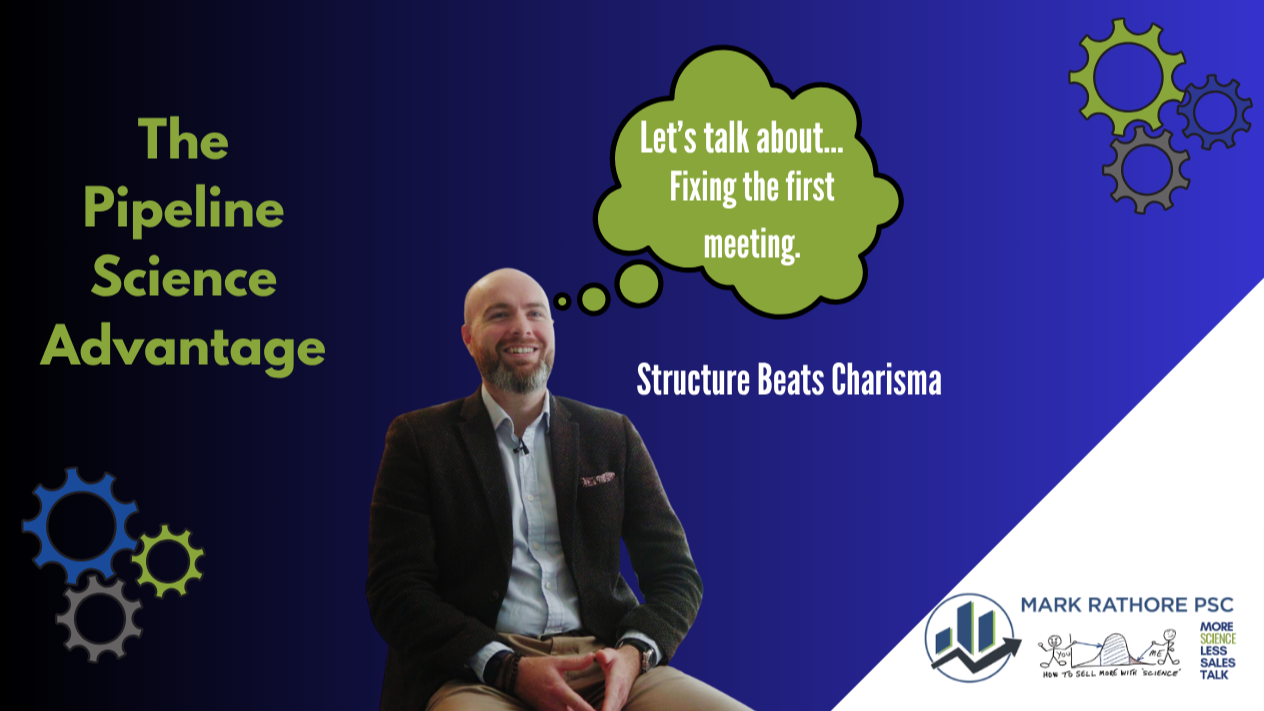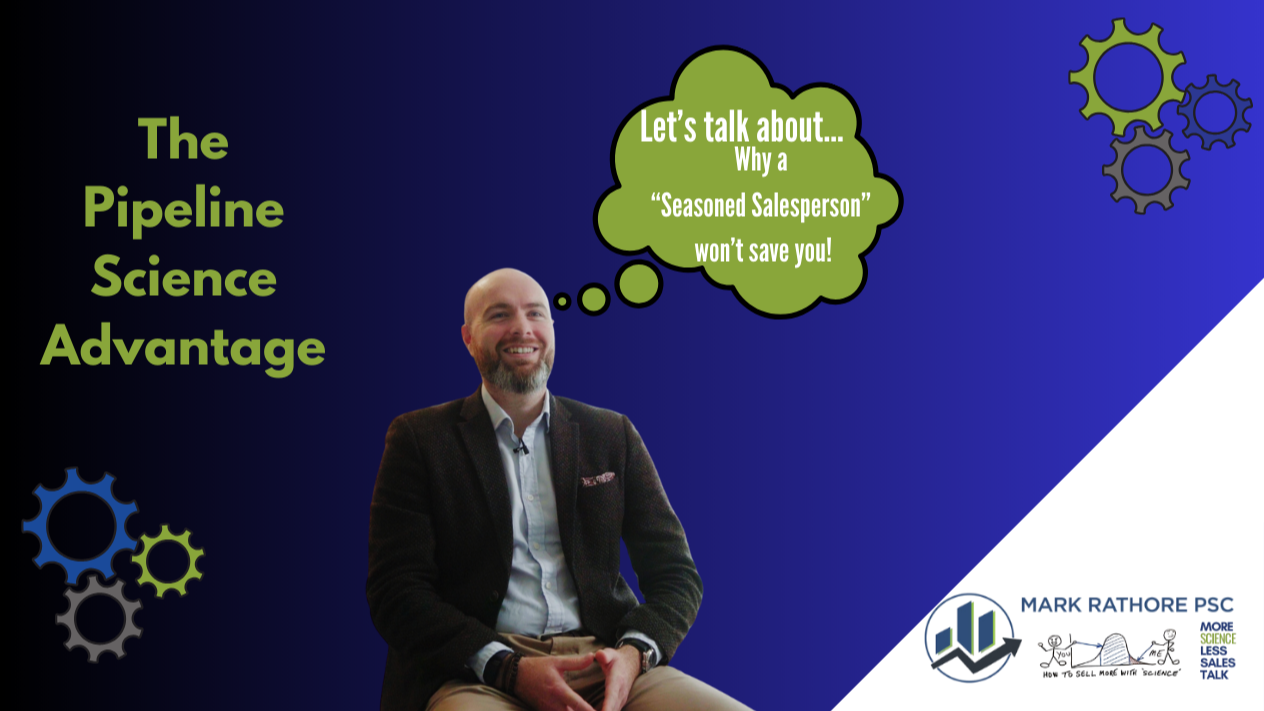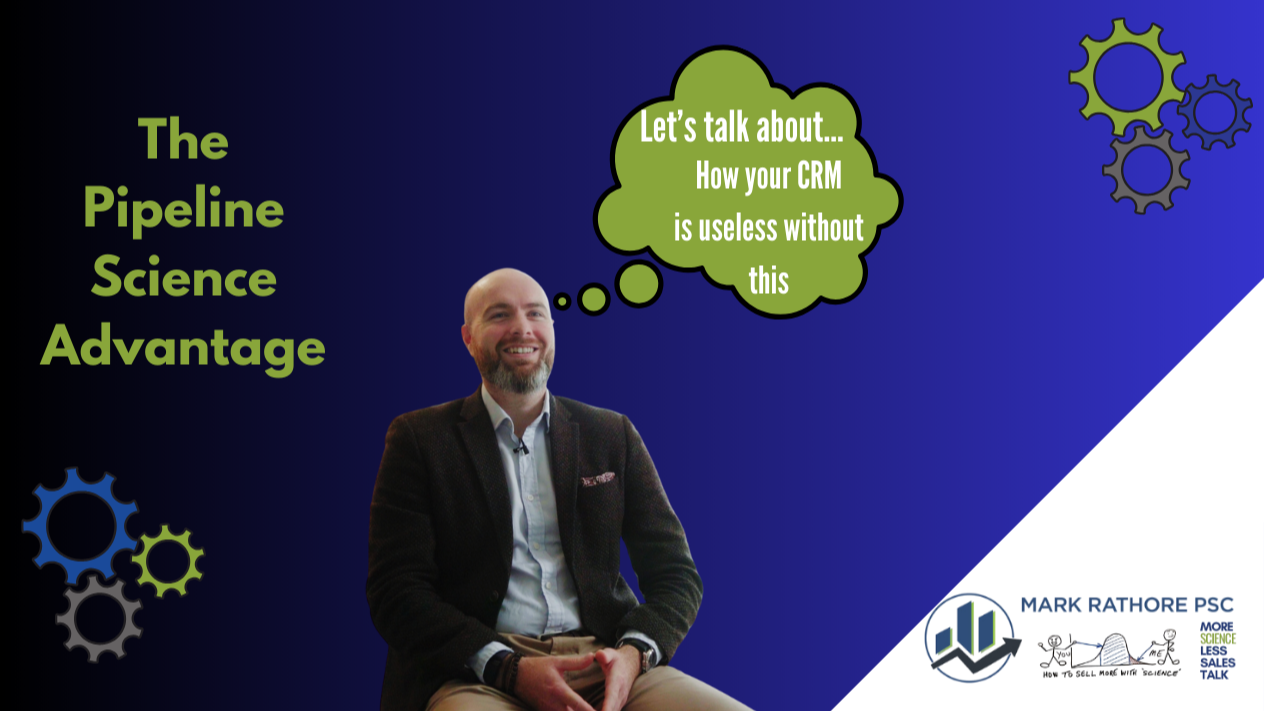Charisma can get you in the door but it rarely wins the deal.
One of the biggest silent killers of engineering sales pipelines is the unstructured first meeting. You finally get time with a great-fit prospect… and the conversation goes nowhere.
They seem interested. You have a good chat. There are smiles and nods. But a week later? Silence. Or worse, a vague, open-ended follow-up that leads to nowhere.
The reality is when there’s no structure, there’s no momentum.
Why Unstructured Meetings Waste Time
When your team doesn’t have a clear framework for discovery calls, you often see the same unhelpful patterns:
- They jump straight into talking about your service, your background, or your offer
- They fail to uncover the real business drivers and constraints
- They finish the meeting without a clear, agreed next step
In short: they’re friendly, but forgettable.
In technical industries, where deals are complex and buying cycles are long, structure matters more than style. Prospects need clarity and confidence, not just a good conversation.
A 3-Part Meeting Structure That Works Every Time
Let’s cut through the noise. Here’s a repeatable structure any sales team can use to run better first meetings:

1. Frame the Call Set expectations from the start:
“Let’s use the first 20 minutes to understand what’s going on in your business. If it looks like something we can help with, I’ll share how we typically approach it, and suggest a next step.”
This small change creates permission to explore deeply and prevents the prospect from jumping straight to “just send us a proposal.”
2. Diagnose Before You Prescribe This is where most teams go wrong. They pitch too early. Instead, ask good commercial discovery questions:
- What triggered the need for this conversation now?
- How is the issue affecting cash flow, operations, or delivery?
- What happens if nothing changes in the next 6 months?
- Who else is involved in solving this?
- What does success look like on their side?
This turns the meeting from a sales pitch into a commercial diagnostic. You’re not selling yet. You’re understanding and the prospect is buying in.
3. Summarise and Suggest a Next Step At the end, reflect back what you’ve heard:
“So from what you’ve shared, your key challenge is [X], it’s affecting [Y], and there’s an opportunity to solve it by doing [Z]. Does that sound right?”
If yes, suggest a low-friction, high-value next step:
- A scoping workshop
- A technical audit
- A proposal based on a more detailed brief
Always end with something concrete that you have both agreed on.
How to Train Your Team to Run Better Meetings
Good discovery calls are practised so they are natural.
Start by embedding this framework into your team:
- Run call roleplays in your sales huddles (It will feel awkward to start… keep going!)
- Record real meetings (with permission) and review them (What went well, what could be improved)
- Give SDRs a checklist or script until it becomes second nature
Confidence comes from repetition. Structure creates safety.
Take Action This Month
✉ Audit 5 recent discovery meetings – did they follow a structure?
✉ Introduce the 3-part framework and test it in your next team session
✉ Make it standard operating procedure for every new sales hire
Because when you structure the first conversation right, you earn the right to have the next one.
Until next time,
Mark





Leave A Comment